Advancements in Technology
Technological advancements play a crucial role in shaping the Botnet Detection Market. The integration of artificial intelligence and machine learning into detection systems enhances their ability to identify and respond to botnet threats in real-time. These technologies enable the analysis of vast amounts of data, allowing for the detection of anomalies that may indicate botnet activity. As organizations increasingly adopt these advanced solutions, the market is projected to grow significantly, with estimates suggesting a compound annual growth rate of over 20% through 2027. This trend highlights the importance of innovation in the Botnet Detection Market.
Rising Cybersecurity Threats
The Botnet Detection Market is experiencing heightened demand due to the increasing frequency and sophistication of cyber threats. As organizations face relentless attacks from botnets, which can disrupt operations and compromise sensitive data, the need for robust detection solutions becomes paramount. In 2025, it is estimated that cybercrime will cost businesses over 10 trillion dollars annually, underscoring the urgency for effective botnet detection mechanisms. This alarming trend compels organizations to invest in advanced technologies that can identify and neutralize botnet activities, thereby driving growth in the Botnet Detection Market.
Increased Regulatory Compliance
The Botnet Detection Market is also influenced by the growing emphasis on regulatory compliance. Governments and regulatory bodies are implementing stringent cybersecurity regulations to protect sensitive information and ensure data integrity. Organizations are compelled to adopt botnet detection solutions to comply with these regulations, which often mandate the implementation of security measures against cyber threats. As a result, the demand for effective botnet detection technologies is expected to rise, with the market projected to reach a valuation of 5 billion dollars by 2026. This regulatory landscape significantly impacts the Botnet Detection Market.
Shift to Remote Work Environments
The shift to remote work environments has transformed the landscape of cybersecurity, thereby impacting the Botnet Detection Market. As more employees work from home, the attack surface for cybercriminals expands, making organizations more vulnerable to botnet attacks. This transition necessitates the implementation of robust detection solutions to safeguard remote networks and devices. The market is likely to see a surge in demand for botnet detection technologies that can effectively monitor and protect distributed workforces. Analysts predict that this trend will contribute to a substantial increase in market growth, potentially exceeding 6 billion dollars by 2027.
Growing Awareness of Cybersecurity Risks
There is a notable increase in awareness regarding cybersecurity risks among organizations, which is driving the Botnet Detection Market. As businesses recognize the potential financial and reputational damage caused by botnet attacks, they are prioritizing investments in detection solutions. Educational initiatives and high-profile cyber incidents have heightened this awareness, prompting organizations to seek comprehensive security strategies. This growing consciousness is expected to propel the market forward, with projections indicating a steady increase in demand for botnet detection technologies. The Botnet Detection Market is thus positioned for significant growth as organizations strive to mitigate risks.
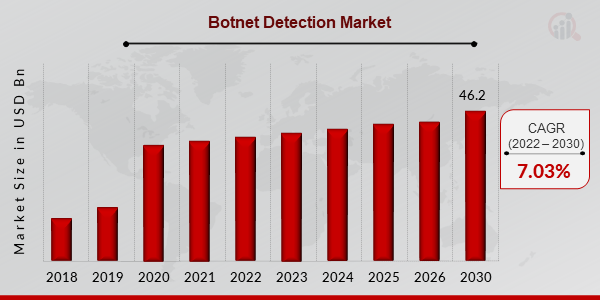

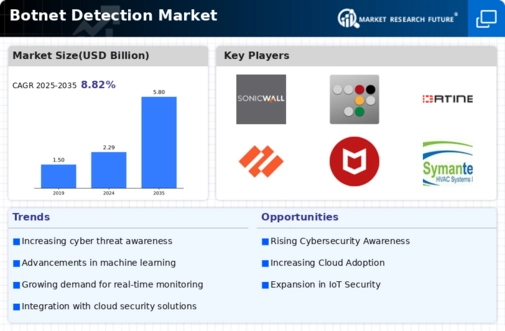
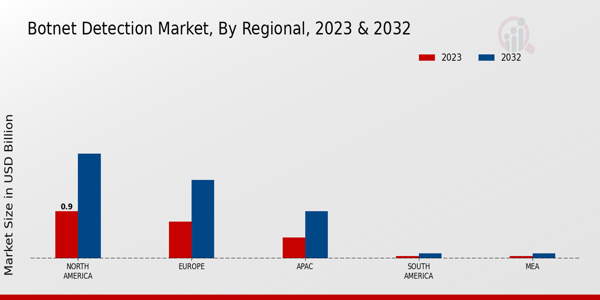
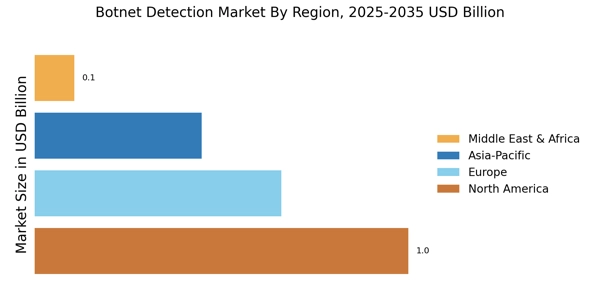
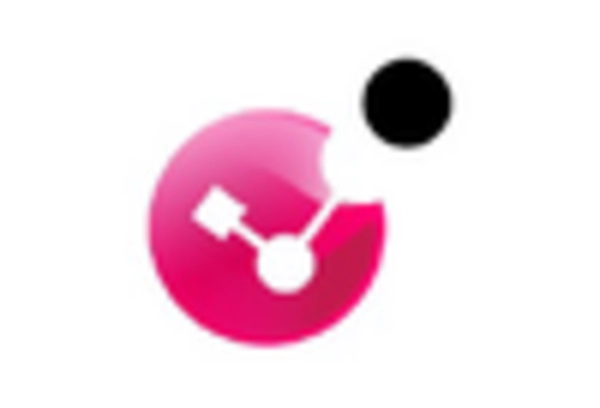


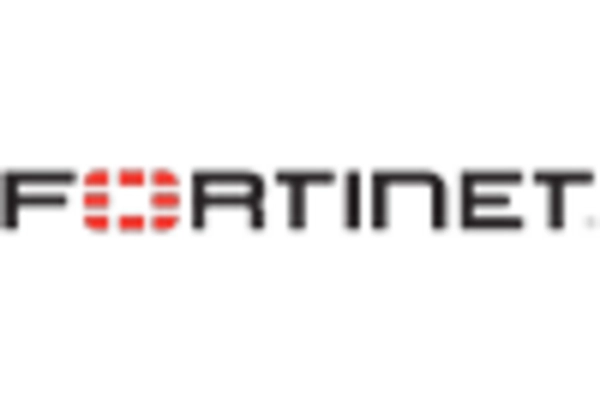










Leave a Comment